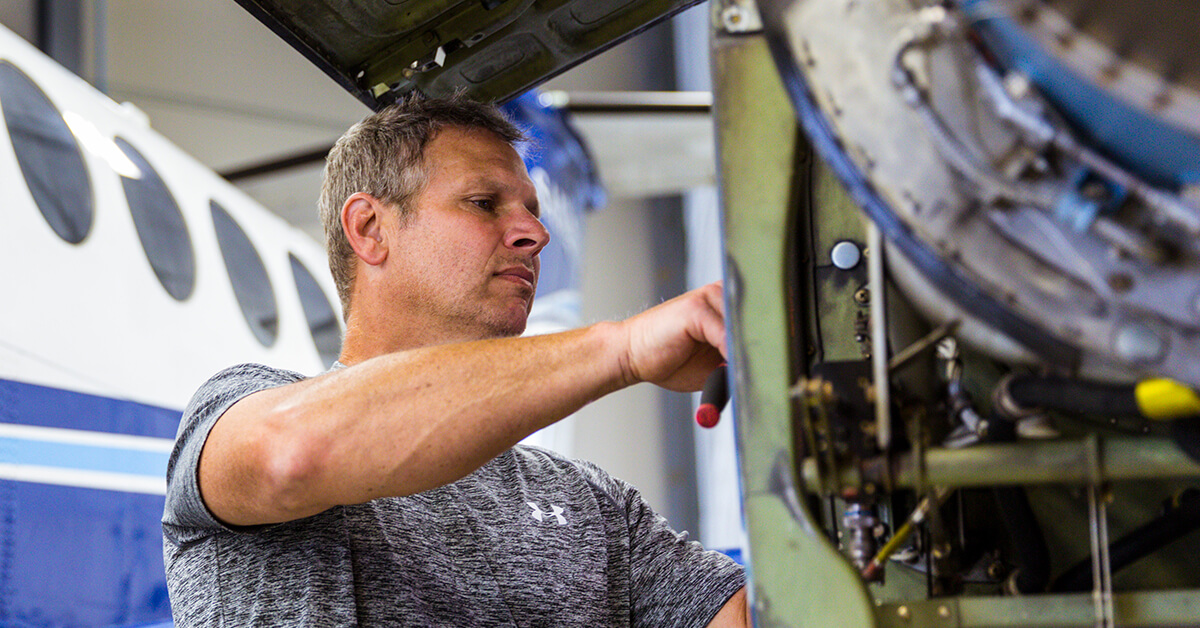
Aug. 21, 2020
The North Texas Business Aviation Association (NTBAA) recently launched its new Safety Standdown series of guest webinars with a session that addressed several topics relevant to business aviation, including the dangers of becoming overconfident in the effectiveness of a safety management system.
Presenter Scott Griffith, founder and managing partner of SG Collaborative Solutions, LLC and the father of the airline industry’s collaborative Aviation Safety Action Program, declared, “One of the myths out there is that you can become an HRO [high reliability organization]. No organization can be thought of as an HRO unless they can consistently perform over time.
“For a variety of reasons, tomorrow you may be less than stellar,” Griffith continued, noting examples in the nuclear power and auto industries that saw established and well-regarded organizations suffer serious safety lapses due, in part, to complacency.
Lack of recognition for potential risks also factored in the 1985 crash of a Delta Air Lines Lockheed L-1011 on landing at Dallas-Fort Worth International Airport, which Griffith witnessed from the airport’s ramp. He subsequently took a leave of absence from his airline to work with a team developing a laser-based wind-shear detection system.
“We spent most of our time not investigating the way planes crashed yesterday, but the way they would probably or maybe crash tomorrow,” he said. “To do that, we had to get into the socio-technical science of system reliability and human reliability. If you’re going to make the human safe or reliable, you must put that human in a safe or reliable system.”
Griffith noted similarities between the above situations and the ongoing COVID-19 pandemic, as they all demonstrate the need for constant reexamination of the risk environment.
“In the world of reliability, sometimes the risk will change like… this new novel virus that ripped our world,” he said.
Responding to an audience question of when will operators know when it’s time to return to normal operations in a post-COVID era, Griffith expects the industry will need to adjust to a “new normal.
“We’re going to be faced with a moving target,” he said. “We’re going to have to do some level of social distancing, a whole lot more testing and a whole lot more thinking about where [we can] manage this risk most effectively, and how our customers are going to react to it.”
The full 90-minute presentation is available for download to NTBAA members on the group’s website.


 International Business Aviation Council Ltd.
International Business Aviation Council Ltd.